Virtual tourism becomes reality

When it first entered the market, virtual reality (VR) was hailed by industry experts as a game changer, with Skyscanner in 2014 predicting that ‘virtual reality will become a new form of showrooming, and incredible 3D taste of a destination’. Fast forward to 2019 and VR is being used by travel companies for a variety of functional and experiential purposes and is also working optimally alongside augmented reality (AR) too. So how is this technology shaping the future of travel? How can travel companies employ these technologies to connect with holiday makers? Looking at the different stages of the holiday experience, Des Tapaki, digital director at FITCH, pinpoints the opportunities and customer benefits.
Holiday planning
Consumers browsing the millions of travel providers and holiday offers provides the perfect setting for the different reality technologies to be used effectively. Why? Because they are most likely to book our travel based on what they see. Consumers enjoy clicking through the galleries to get an idea of how the hotel looks- what is displayed in front of them can make or break a purchase, and brands of all type and size are noticing.
 Installing VR stands within travel agents does offer the ‘showroom’ experience, but there are other ways to use it. Atlantis Hotel in Dubai has a 360 degree video for prospective guests to get a feel for the hotel on a simple desktop, as well as via headset too. As part of its £40 million ‘Splash’ pool launch, UK seaside holiday brand Butlin’s rolled out a bespoke VR version, as seen in its recent campaign video; first for Board members to view the proposals during development stage, and then for previews of the new attraction as part of its guest bookings programme when it launched. However, strategic development should ensure the content is balanced to ensure the entire ‘experience’ isn’t given away.
Installing VR stands within travel agents does offer the ‘showroom’ experience, but there are other ways to use it. Atlantis Hotel in Dubai has a 360 degree video for prospective guests to get a feel for the hotel on a simple desktop, as well as via headset too. As part of its £40 million ‘Splash’ pool launch, UK seaside holiday brand Butlin’s rolled out a bespoke VR version, as seen in its recent campaign video; first for Board members to view the proposals during development stage, and then for previews of the new attraction as part of its guest bookings programme when it launched. However, strategic development should ensure the content is balanced to ensure the entire ‘experience’ isn’t given away.
AR can also be a useful tool for marketing communications as a customer can simply hover a device over any integrated content and interact with it, giving immediacy to what would have been a prolonged move to the next stage of the planning journey. By driving through a personalised deal, the customer is more likely to connect with the brand.
Travelling
Different realities are slowly but surely starting to have a presence during the transit stage of the journey. Airports are realising the opportunities behind the compulsory dwell time, but this notion is still in its infancy. America is leading in this space at the moment: Dallas-Fort Worth International has installed three dozen VR devices, and New York’s JFK opened up its ‘experience centre’ in 2018 to combat bored and stressed travellers. They are cleverly tapping into the millennial and Gen Z ‘gamers’ that now frequent the lounges.
This burgeoning trend indicates what is possible with professional execution. Crucially, if successfully piloted into a solid entertainment option, there will likely be ripe pickings for advertisers once matured.
Post-holiday and beyond
Instead of the traditional once-a-year getaway, people now book up the next holiday quickly to have something to look forward to. Here we have another scenario where VR and AR can support this stage of the journey. The ‘re-experience’ market is another new area to be explored by travel companies because ensuring you keep the relationship going past check-out will further enhance relationships with your customers. Hotels and tour operators can tactically send content from the holiday as nice reminders of what the pool area or cocktail bar was like, helping to keep the brand front of mind for the next booking. This ideally would be complemented with AR-enhanced leaflets which display special ‘coming back’ deals to reward loyalty and interaction.
From a business and logistics side, introducing these technologies will equip brands with the power to stay relevant for the future. Training staff to understand key shifts in the business by using VR and AR can be valuable. If a hotel is rolling out a new customer service programme, it can communicate the changes ‘in action’ using VR, and the team can really get stuck in.
Furthermore, as with the new Butlin’s pool mentioned above, using reality technology as project planning tools during design stages only support as you understand exactly what the experience will be like for your customer. Experience is the currency of today’s world after all, and so by having control from the beginning, you can be sure of it being enjoyed out there in the ‘real world’ when the time comes.
Bev
Editor in chief Bev Fearis has been a travel journalist for 25 years. She started her career at Travel Weekly, where she became deputy news editor, before joining Business Traveller as deputy editor and launching the magazine’s website. She has also written travel features, news and expert comment for the Guardian, Observer, Times, Telegraph, Boundless and other consumer titles and was named one of the top 50 UK travel journalists by the Press Gazette.
 United Kingdom
United Kingdom United States
United States Asia Pacific
Asia Pacific

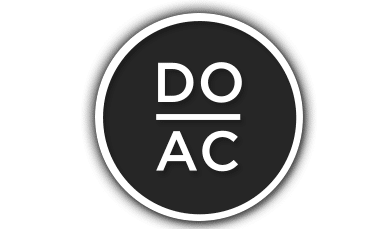
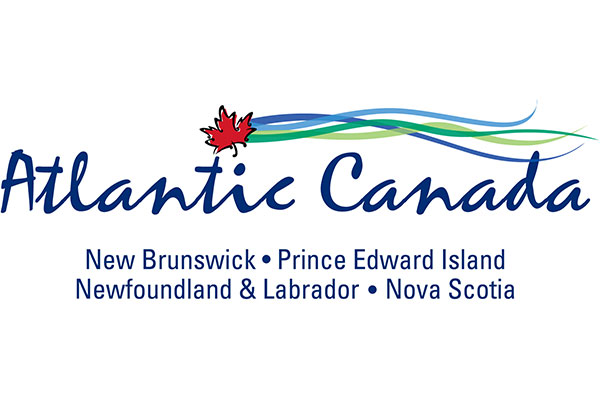



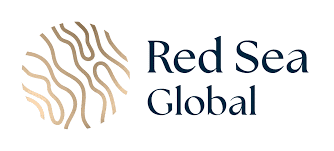

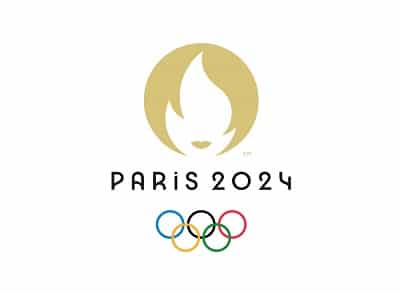



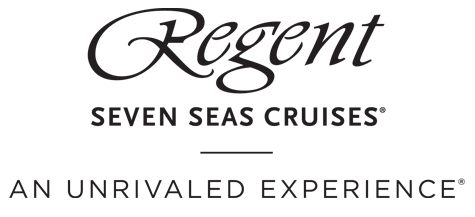































Boy falls to death on cruise ship
Dozens fall ill in P&O Cruises ship outbreak
Turkish Airlines flight in emergency landing after pilot dies
Unexpected wave rocks cruise ship
Woman dies after going overboard in English Channel